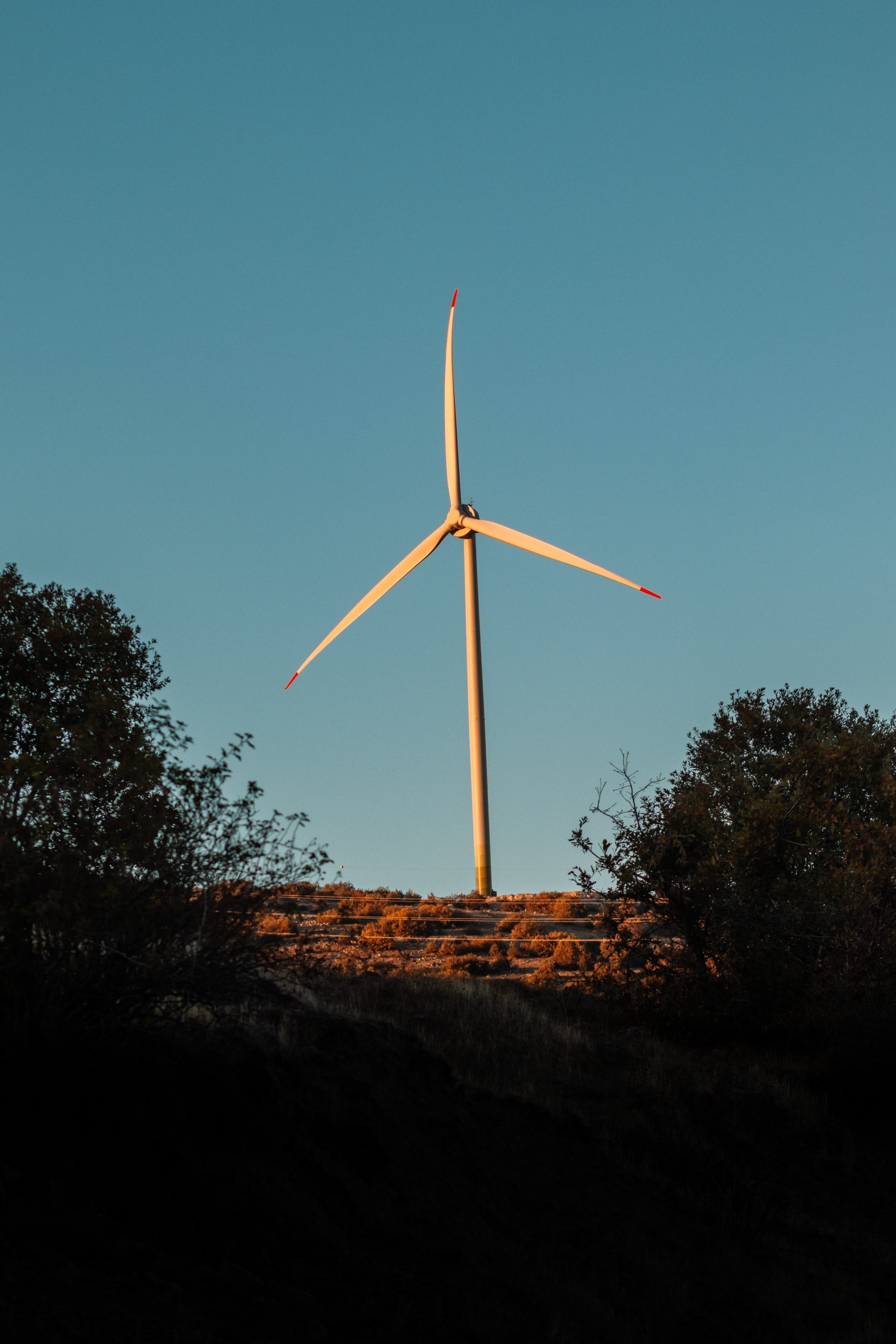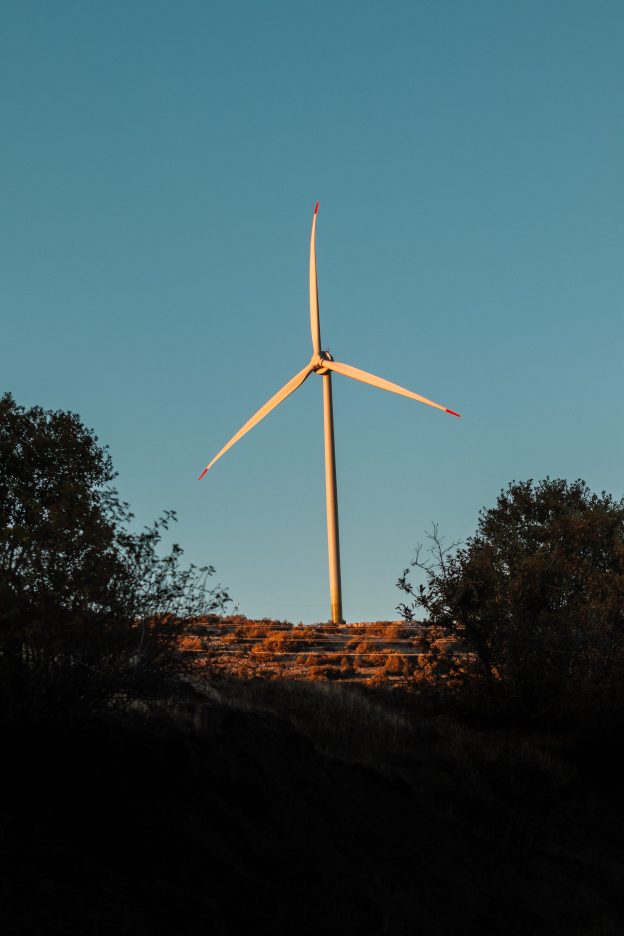As a business owner or someone in a position of authority within a company, you understand the importance of efficiency and profitability. And when it comes to your business operations, one area that can significantly impact your bottom line is the energy consumption of your workplace. With the rise of environmental consciousness and the need to reduce carbon footprints, energy-efficient homes have become a hot topic. This introduction aims to provide you with a comprehensive overview of energy-efficient home claims, helping you navigate the legal landscape surrounding this emerging field. From understanding the benefits of energy efficiency to addressing common concerns and FAQs, this article will equip you with the necessary knowledge to make informed decisions for your business. And should you require further assistance, do not hesitate to contact our experienced lawyer, who specializes in energy-efficient home claims, for a consultation tailored to your specific needs.
What are energy-efficient home claims?
Energy-efficient home claims refer to the certifications and designations that homes can acquire to demonstrate their energy efficiency. These claims are important for homeowners and potential buyers who are interested in reducing energy consumption, lowering utility bills, and promoting a sustainable future. There are various types of energy-efficient home claims, including Energy Star certified homes, LEED certification, zero-energy homes, net-zero homes, and energy-efficient appliances. Each of these claims has its own unique benefits and requirements.
Importance of energy efficiency in homes
Energy efficiency in homes is crucial for several reasons. Firstly, it helps in reducing energy consumption, which is essential for conserving natural resources and addressing climate change. Energy-efficient homes use energy-efficient appliances, insulation, and lighting, which consume less energy compared to traditional homes. Secondly, energy efficiency in homes leads to lower utility bills. By reducing energy consumption, homeowners can save money on their monthly energy expenses, allowing them to allocate those funds towards other priorities. Lastly, energy efficiency in homes creates a sustainable future by decreasing the demand for energy production, which often relies on non-renewable resources.
Reducing energy consumption
Energy consumption is a significant contributor to greenhouse gas emissions and climate change. By reducing energy consumption in homes, individuals can lower their carbon footprint and contribute to a more sustainable environment. This can be achieved through the use of energy-efficient appliances, proper insulation, and the implementation of smart home technologies that optimize energy usage.
Lowering utility bills
Energy-efficient homes are designed to maximize energy conservation, leading to significant savings on utility bills. These homes utilize efficient heating, cooling, and lighting systems, as well as energy-efficient appliances. Over time, the savings can be substantial and allow homeowners to invest in other areas of their business or personal lives.
Creating a sustainable future
Energy efficiency is a critical component of creating a sustainable future. By reducing energy consumption, we can decrease our reliance on non-renewable energy sources and minimize the negative environmental impacts associated with energy production. Energy-efficient homes play a vital role in achieving this goal by utilizing renewable energy sources, reducing waste, and promoting responsible energy use.

Types of energy-efficient home claims
There are several types of energy-efficient home claims that homeowners can pursue to demonstrate their commitment to energy efficiency and sustainability.
Energy Star certified
Energy Star is a widely recognized certification program developed by the Environmental Protection Agency (EPA). Homes that receive the Energy Star certification meet strict energy efficiency guidelines set by the EPA. These guidelines encompass various aspects of the home, including heating and cooling systems, insulation, windows, and appliances. An Energy Star certified home ensures reduced energy consumption and lower greenhouse gas emissions, resulting in a more environmentally friendly and cost-effective living space.
LEED certification
LEED (Leadership in Energy and Environmental Design) is a globally recognized green building certification system. It is administered by the U.S. Green Building Council (USGBC) and focuses on all aspects of building design, construction, and operation. LEED certification is not limited to homes but also includes commercial buildings. The certification process evaluates factors such as energy efficiency, water usage, materials selection, indoor environmental quality, and sustainable site development. Owning a LEED certified home demonstrates a commitment to sustainable building practices and provides various environmental, social, and economic benefits.
Zero-energy homes
Zero-energy homes, also known as zero-net energy homes, are designed to produce as much energy as they consume over a year. These homes typically utilize renewable energy sources such as solar panels to generate electricity and maintain a balance between energy production and consumption. Zero-energy homes go beyond energy efficiency measures and strive to achieve net-zero energy usage, reducing dependence on traditional energy grids and minimizing environmental impact.
Net-zero homes
Net-zero homes are similar to zero-energy homes in that they aim to produce as much energy as they consume. However, net-zero homes also consider the energy consumed during the production and transportation of building materials. These homes focus on reducing the embodied energy associated with construction materials and emphasize sustainable building practices. Net-zero homes contribute to a more sustainable future by not only minimizing operational energy usage but also addressing the environmental impact throughout the entire lifecycle of the home.
Energy-efficient appliances
Energy-efficient appliances are designed to minimize energy consumption while maintaining optimal functionality. These appliances meet specific energy efficiency standards and consume less energy than their conventional counterparts. Energy-efficient appliances include refrigerators, dishwashers, washing machines, and HVAC systems. Investing in energy-efficient appliances not only reduces energy consumption and utility bills but also contributes to a greener and more sustainable home.
Energy Star certified homes
Definition and requirements
Energy Star certified homes are residences that meet the guidelines established by the Environmental Protection Agency (EPA) to be highly energy efficient. These homes are subjected to a series of rigorous inspections, testing, and third-party verification to ensure compliance with energy efficiency standards. The requirements for Energy Star certification cover various aspects of the home, including insulation, heating and cooling systems, windows, appliances, and lighting.
To qualify for an Energy Star certification, homes must achieve a specific Home Energy Rating System (HERS) score. The HERS index measures a home’s energy efficiency compared to a standard reference home. The lower the HERS score, the more energy-efficient the home.
Benefits of owning an Energy Star certified home
Owning an Energy Star certified home comes with several advantages. Firstly, these homes provide substantial energy savings due to their high-efficiency systems and appliances. This results in lower utility bills, allowing homeowners to allocate those savings towards other business or personal expenses. Secondly, Energy Star certified homes offer improved comfort and indoor air quality. These homes are designed to have better insulation, balanced ventilation, and efficient heating and cooling systems, providing a comfortable living environment. Lastly, Energy Star certified homes contribute to environmental sustainability by reducing greenhouse gas emissions and conserving natural resources.

LEED certification for homes
Understanding LEED certification
LEED (Leadership in Energy and Environmental Design) certification is a globally recognized green building rating system administered by the U.S. Green Building Council (USGBC). While LEED certification was initially developed for commercial buildings, it has expanded to include homes as well. LEED for Homes evaluates several categories, including energy efficiency, water efficiency, indoor environmental quality, materials selection, and sustainable site development.
To achieve LEED certification, a home must meet certain prerequisites and earn a specified number of points within each category. These points are awarded for sustainable design, construction practices, and use of environmentally friendly materials. The higher the number of points earned, the higher the level of LEED certification attained (Certified, Silver, Gold, or Platinum).
Advantages of owning a LEED certified home
Owning a LEED certified home offers various advantages. Firstly, these homes provide lower operating costs due to their high energy efficiency. The energy-efficient features of LEED certified homes, such as optimized insulation, advanced heating and cooling systems, and efficient lighting, result in reduced energy consumption and lower utility bills. Secondly, LEED certified homes prioritize the health and well-being of occupants. They feature improved indoor air quality, which is achieved through proper ventilation systems and low-emission materials. Lastly, LEED certified homes promote environmental sustainability by utilizing environmentally friendly building materials, minimizing waste, and reducing water consumption.
Zero-energy homes
Definition and characteristics
Zero-energy homes, also known as zero-net energy homes, are designed to produce as much energy as they consume over the course of a year. These homes achieve this balance by utilizing energy-efficient techniques and renewable energy sources. Zero-energy homes are built with high levels of insulation, airtight construction, energy-efficient appliances, and advanced heating and cooling systems. They often incorporate solar panels or other renewable energy systems to generate the necessary electricity to offset the energy consumed.
Characteristics of zero-energy homes include the ability to produce on-site renewable energy, significantly reduced energy consumption, minimized reliance on the traditional energy grid, and a focus on energy-efficient design and materials. These homes contribute to a greener future by reducing reliance on fossil fuels and promoting sustainable energy practices.
Pros and cons of zero-energy homes
Zero-energy homes offer several benefits. Firstly, they provide financial savings by significantly reducing or eliminating energy bills. The reliance on renewable energy sources allows homeowners to generate their own electricity, avoiding the need to purchase it from traditional utility providers. Additionally, zero-energy homes offer a more comfortable living environment. Through advanced insulation and efficient heating and cooling systems, these homes maintain consistent temperatures throughout, reducing the need for additional heating or cooling equipment.
However, there are also some challenges associated with zero-energy homes. The initial cost of constructing a zero-energy home can be higher than that of a traditional home due to the advanced technologies and renewable energy systems required. Additionally, the complexity of designing and building a zero-energy home may require specialized expertise and careful attention to detail. Proper maintenance and monitoring of energy systems are necessary to ensure optimal performance and energy efficiency.
Net-zero homes
Explanation of net-zero homes
Net-zero homes are similar to zero-energy homes in that they aim to produce as much energy as they consume. However, net-zero homes take into account the embodied energy associated with the production and transportation of building materials used in the construction of the home. These homes focus on reducing the overall energy impact by incorporating sustainable building practices and materials selection.
Net-zero homes achieve energy balance through the use of on-site renewable energy generation, energy-efficient appliances, insulation, and high-performance building materials. These homes not only minimize operational energy usage but also address the environmental impact throughout the entire lifecycle of the home, from construction to demolition.
Benefits of living in a net-zero home
Living in a net-zero home offers numerous benefits. Firstly, these homes provide significant long-term cost savings. By generating their own renewable energy, homeowners can eliminate or greatly reduce their energy bills. This financial advantage can be particularly beneficial for businesses or business owners looking to minimize overhead costs. Secondly, net-zero homes contribute to a more sustainable future by reducing reliance on traditional energy grids and minimizing carbon footprint. These homes promote environmental stewardship and help combat climate change. Lastly, net-zero homes offer a higher level of comfort through improved indoor air quality, consistent temperatures, and efficient heating and cooling systems.
Energy-efficient appliances
Overview of energy-efficient appliances
Energy-efficient appliances are designed to minimize energy consumption while maintaining optimal functionality. These appliances are certified to meet specific energy efficiency standards and use less energy compared to traditional appliances. Energy-efficient appliances encompass various categories, including refrigerators, dishwashers, washing machines, ovens, and HVAC systems. These appliances often display an Energy Star label to indicate their energy efficiency rating.
Energy-efficient appliances achieve energy savings through various technologies and design features. These include improved insulation, advanced compressors, digital controls, and low-power modes. By using less energy, energy-efficient appliances help reduce utility bills and promote a more sustainable approach to daily tasks and activities.
Cost savings and environmental benefits
Investing in energy-efficient appliances offers both cost savings and environmental benefits. Firstly, energy-efficient appliances reduce energy consumption, resulting in lower utility bills. Over time, these cost savings can be significant, allowing businesses or individuals to allocate those funds towards other areas of their operations or personal lives. Additionally, energy-efficient appliances contribute to environmental sustainability by reducing greenhouse gas emissions. By using less energy, these appliances help decrease reliance on non-renewable energy sources and conserve natural resources.

How to make energy-efficient home claims
Making energy-efficient home claims requires careful preparation and documentation to support the claim. The following steps outline the process of making an energy-efficient home claim.
Collecting necessary documentation
To make an energy-efficient home claim, it is essential to gather all relevant documentation that supports the home’s energy efficiency. This includes receipts for energy-efficient upgrades, contractor invoices detailing the work performed, and any certifications or energy rating reports obtained from third-party verification services.
Presenting evidence to support the claim
Once the necessary documentation is collected, it is crucial to present the evidence in a clear and organized manner. This may involve creating a comprehensive report that outlines the energy-efficient features of the home, including insulation materials used, energy-efficient appliances installed, and any renewable energy systems implemented.
Engaging professional assistance
Seeking professional assistance from an attorney specializing in energy-efficient home claims can be beneficial in navigating the complex process. An attorney can provide guidance on the necessary documentation, assist in crafting a compelling claim, and ensure compliance with applicable laws and regulations. Professional assistance can help streamline the claim process and increase the chances of a successful outcome.
FAQs about energy-efficient home claims
What is the cost of making a home energy-efficient?
The cost of making a home energy-efficient can vary depending on several factors, including the size of the home, the extent of the upgrades or renovations required, and the energy-efficient technologies or materials selected. While upfront costs may be higher than traditional home improvements, energy-efficient upgrades often result in long-term cost savings through reduced energy consumption and lower utility bills. It is best to consult with a professional contractor or energy efficiency specialist to obtain an accurate estimate for making a home energy-efficient.
Are there any tax incentives for energy-efficient homes?
Yes, there are tax incentives available for energy-efficient homes. The federal government and some state governments offer tax credits and incentives for homeowners who make energy-efficient upgrades or build energy-efficient homes. These incentives can help offset the cost of energy-efficient improvements and encourage individuals and businesses to invest in sustainable building practices. It is advisable to consult with a qualified tax professional or accountant to determine the specific incentives available in your area.
Do energy-efficient homes retain their value?
Energy-efficient homes generally retain their value and can be highly sought after in the real estate market. The energy efficiency features and certifications of a home can increase its appeal to potential buyers, leading to a higher resale value. Additionally, energy-efficient homes often offer lower operating costs, including reduced energy bills, which can be a significant selling point. It is important to ensure proper documentation and certification of energy-efficient features to effectively market the home’s value.
Can I make energy-efficient upgrades in an older home?
Yes, energy-efficient upgrades can be made in older homes. Retrofits and renovations can greatly improve the energy efficiency of existing homes, reducing energy consumption and utility bills. Upgrades may include installing energy-efficient appliances, improving insulation, sealing air leaks, and upgrading HVAC systems. Consulting with a professional contractor or energy efficiency specialist can provide guidance on the most effective upgrades for an older home.
Do energy-efficient homes require special maintenance?
Energy-efficient homes generally do not require special maintenance beyond regular home maintenance practices. However, some energy-efficient features may require periodic inspections or servicing. For example, solar panel systems may require cleaning or maintenance to ensure optimal performance. It is advisable to consult the manufacturer’s recommendations and seek professional assistance for any specialized maintenance requirements. Regular home inspections and maintenance routines should include energy-efficient features to ensure their continued performance and energy savings.
